Reportar esta entrada
Más sobre la misma comunidad-colección
"Return To Our El Paso Roots Homecoming" 2019 Reunion
Former students and descendants of Douglass School, El Paso's ...
1969 El Paso Lodge No. 130 *TROST & TROST
El Paso Lodge # 130 A.F. & A.M. circa 1969 temple, designed by ...
Campeonato estatal de la 1A - HSAEl Paso
This was the first time since in 19 years in El Paso TX that a ...
Resiliencia: Exhibición al 3 de agosto
On August 3, 2019, a mass shooting at the Wal-Mart #2201 in East ...
Resiliencia: Exhibición al 3 de agosto
On August 3, 2019, a mass shooting at the Wal-Mart #2201 in East ...
Resiliencia: Exhibición al 3 de agosto
On August 3, 2019, a mass shooting at the Wal-Mart #2201 in East ...
Resiliencia: Exhibición al 3 de agosto
On August 3, 2019, a mass shooting at the Wal-Mart #2201 in East ...
Resiliencia: Exhibición al 3 de agosto
On August 3, 2019, a mass shooting at the Wal-Mart #2201 in East ...
Resiliencia: Exhibición al 3 de agosto
On August 3, 2019, a mass shooting at the Wal-Mart #2201 in East ...
Resiliencia: Exhibición al 3 de agosto
On August 3, 2019, a mass shooting at the Wal-Mart #2201 in East ...
Resiliencia: Exhibición al 3 de agosto
On August 3, 2019, a mass shooting at the Wal-Mart #2201 in East ...
Resiliencia: Exhibición al 3 de Agosto
On August 3, 2019, a mass shooting at the Wal-Mart #2201 in East ...
Student Council Float Colonia Juarez Mexico
Student Council Float Curtis Whetten Driving Joshua Hatch, ...
High School Graduation Juarez Stake Academy
High School Graduation Juarez Stake Academy Curtis Whetten and ...
Honors Night Juarez Stake Academy, Colonia Juarez
Curtis Whetten speaking in his capacity as Student Body ...
La Primer Corrida de Toros en Casas Grandes
Grand opening of the sports arena and bull fighters were brought ...

















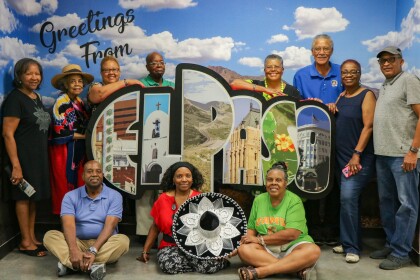
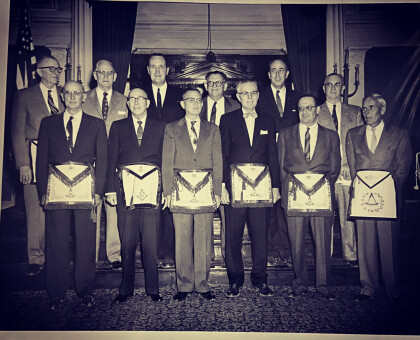
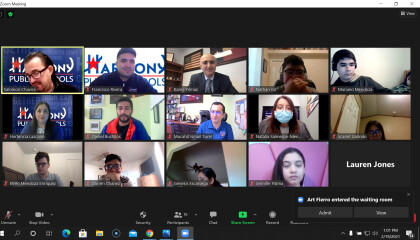
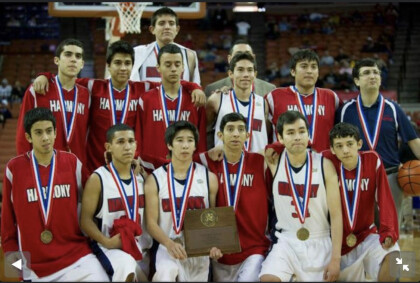





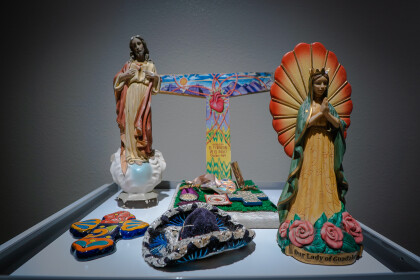


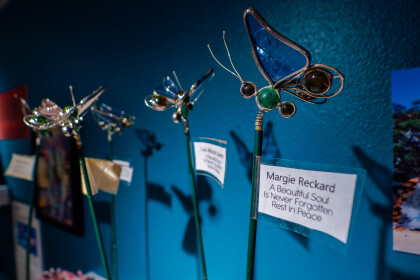
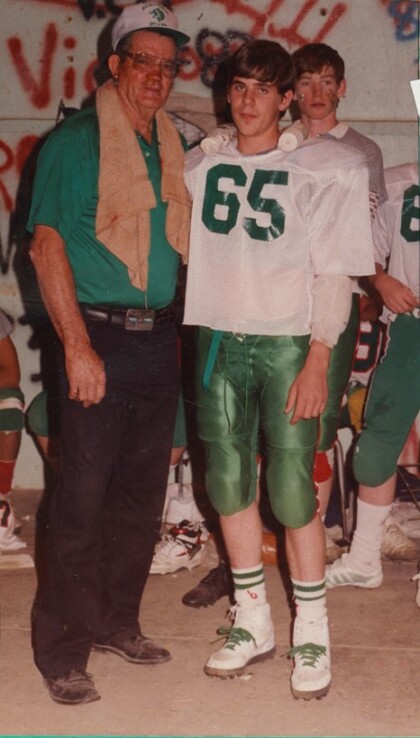
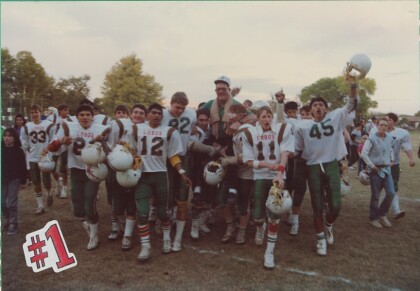
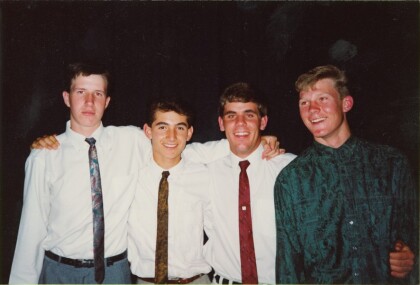
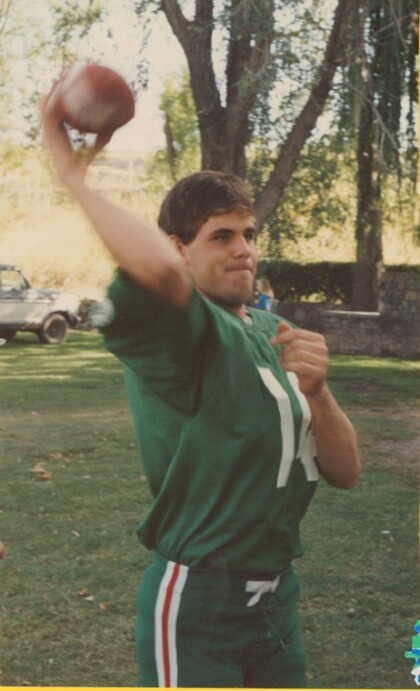
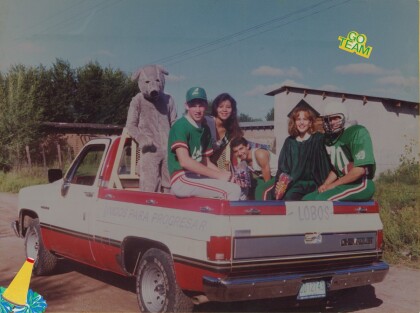
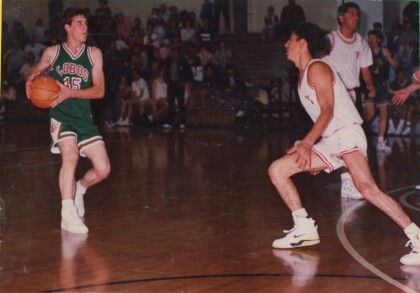
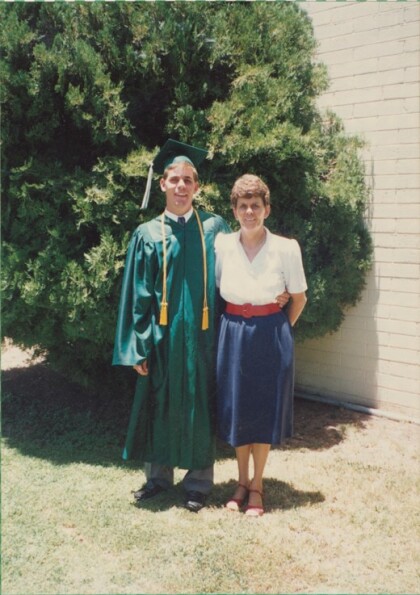
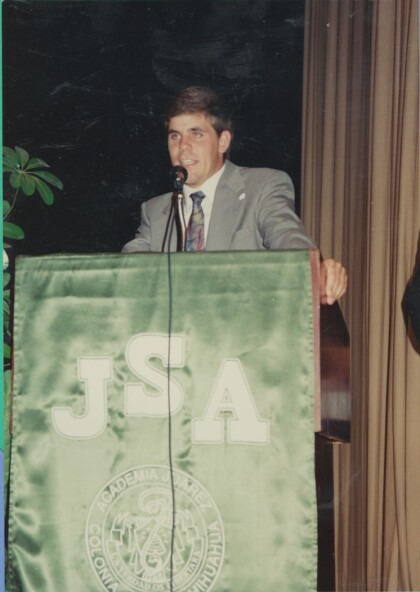
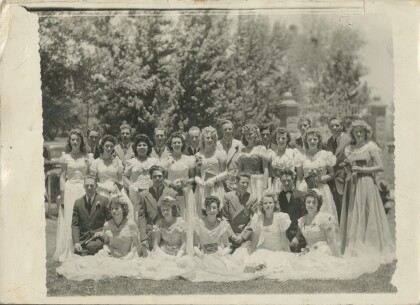
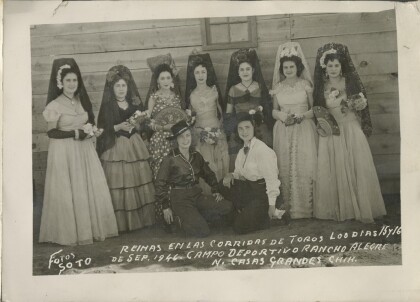
Comentarios
Hacer un comentario